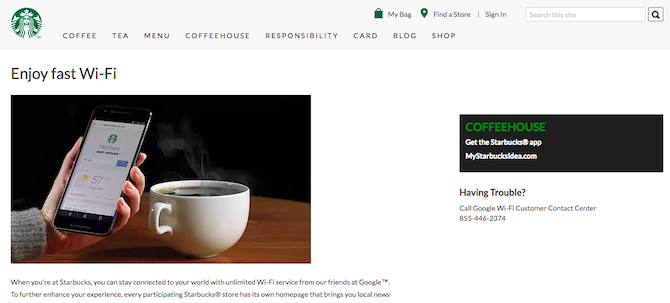There are still many good reasons to buy a tablet, and when you’re buying one, your biggest choice is between an iPad or Android device. Or maybe even opting for Windows instead.
Then the next big decision is whether to go for a Wi-Fi-only model or to pay extra for the 4G version. Let’s take a look at some of the issues you’ll need to consider.
 The availability and performance of 4G varies from one country to another. According to OpenSignal, coverage is more than 80 percent in the U.S. with an average download speed of 10 Mbps. In the U.K., it’s 53 percent coverage with an average speed of 15 Mbps.
The availability and performance of 4G varies from one country to another. According to OpenSignal, coverage is more than 80 percent in the U.S. with an average download speed of 10 Mbps. In the U.K., it’s 53 percent coverage with an average speed of 15 Mbps.
LTE performance can be considerably faster in the largest cities, easily rivaling the speeds you’d get from a fixed broadband connection. Conversely, in more rural areas, coverage and speed can be patchy.

Even if you’ve got the extra cash to spend, you should consider whether you really need 4G or if you’d be better spending the money on a higher specced model instead. For the same price as the 4G Surface 3, for instance, you can get a Wi-Fi-only version with double the RAM and double the storage.

4G data is expensive and most plans come with strict usage limits (even T-Mobile’s “unlimited” plan has a fair use policy that can kick in after you’ve used 26 GB of data in a month). You can expect to pay upwards of $20 per month just for a couple of gigabytes — over a two year period, that means you’ll pay double the price of a Wi-Fi-only tablet, and often quite a bit more.
But how much of this will be on the mobile network?

4G serves as a backup connection, meaning that tablets will always default to a Wi-Fi connection whenever one is available. Now think about how often you have access to Wi-Fi: at home, in the office, at school, at friends’ houses, in your local coffee shop, and countless other places.
Even trains and buses are increasingly offering Wi-Fi these days. So on second thought, you might actually need 4G less often than you imagine.
Then the next big decision is whether to go for a Wi-Fi-only model or to pay extra for the 4G version. Let’s take a look at some of the issues you’ll need to consider.
4G LTE on a Tablet
With a 4G-enabled tablet and a data plan, you’ll get full internet access without needing to stay within range of a Wi-Fi hotspot. You get Wi-Fi too, of course, so you can continue to use that at home, switching only to 4G when it’s needed.
LTE performance can be considerably faster in the largest cities, easily rivaling the speeds you’d get from a fixed broadband connection. Conversely, in more rural areas, coverage and speed can be patchy.
Price of 4G LTE vs. Wi-Fi Only
For many of us, the biggest factor in choosing between 4G or Wi-Fi-only will be the price. The simple act of adding an LTE radio to a tablet typically adds around 20 percent or more to the price. For an iPad Air, there’s a $130 premium on the 4G model. For a Surface 3, it’s $100.
Even if you’ve got the extra cash to spend, you should consider whether you really need 4G or if you’d be better spending the money on a higher specced model instead. For the same price as the 4G Surface 3, for instance, you can get a Wi-Fi-only version with double the RAM and double the storage.
Ongoing Data Costs
The up-front price is only the beginning. There’s no point in having a 4G tablet without a 4G data plan to use with it.
4G data is expensive and most plans come with strict usage limits (even T-Mobile’s “unlimited” plan has a fair use policy that can kick in after you’ve used 26 GB of data in a month). You can expect to pay upwards of $20 per month just for a couple of gigabytes — over a two year period, that means you’ll pay double the price of a Wi-Fi-only tablet, and often quite a bit more.
Convenience of 4G LTE vs. Wi-Fi Only
The big selling point for a 4G tablet is convenience. So long as you are in an area with good network coverage, you’ll have seamless connectivity wherever you are.But how much of this will be on the mobile network?

4G serves as a backup connection, meaning that tablets will always default to a Wi-Fi connection whenever one is available. Now think about how often you have access to Wi-Fi: at home, in the office, at school, at friends’ houses, in your local coffee shop, and countless other places.
Even trains and buses are increasingly offering Wi-Fi these days. So on second thought, you might actually need 4G less often than you imagine.
No comments:
Post a Comment